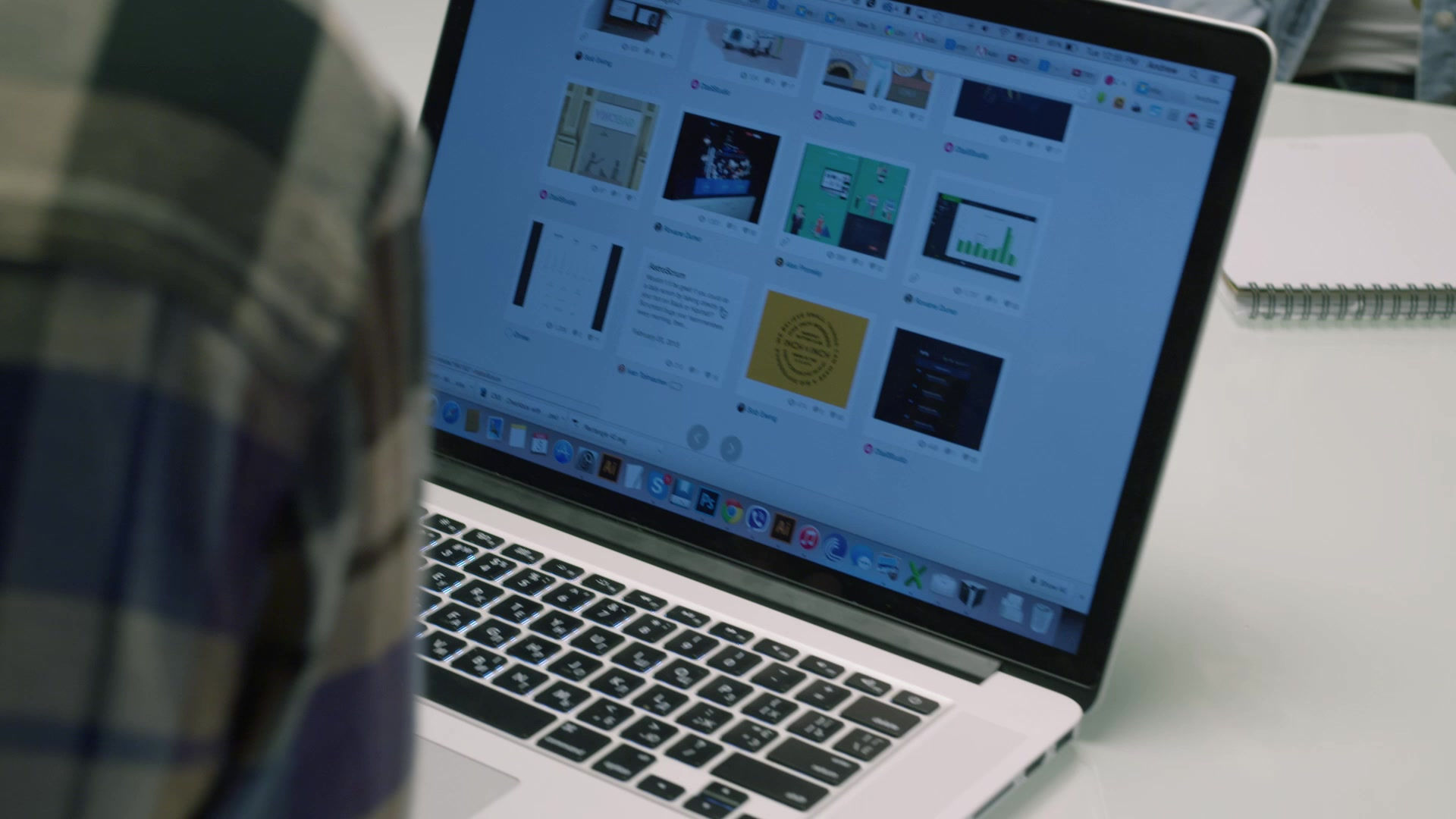What Should Cafe Owners Know Before Buying a Receipt Printer?
- poscentrals
- Feb 5
- 4 min read
Running a successful cafe isn’t just about serving great coffee and delicious food—it’s also about ensuring smooth and efficient operations. One essential tool that often goes unnoticed but plays a key role in daily transactions is the receipt printer.
Whether you’re opening a new cafe or upgrading your current system, choosing the right receipt printer can make a big difference in how your business runs. From improving transaction speed to keeping records organized, the right printer can enhance both customer experience and staff efficiency.

1. Understand Your Cafe’s Needs
Every cafe operates differently, so the first step is to assess your specific needs. Ask yourself:
How many transactions do you handle daily?
Do you need multiple receipt printers for different stations (e.g., counter, kitchen, barista area)?
Are you using a POS system that requires compatibility with a certain type of printer?
Do you want to offer printed and digital receipts?
Answering these questions will help you determine what type of receipt printer suits your business best.
2. Choose the Right Printing Technology
There are different types of receipt printers, and understanding how they work will help you make the best choice for your cafe.
Thermal Receipt Printers
Use heat to print on special thermal paper, so no ink or toner is needed.
Fast, quiet, and ideal for high-volume cafes.
Best for front counter transactions where receipts are printed for customers.
Impact (Dot Matrix) Receipt Printers
Use ink ribbons to print on paper, making them more durable.
Can print on two-ply paper, allowing duplicate copies for kitchen orders.
Suitable for kitchen environments where heat and moisture may affect thermal paper.
Inkjet Receipt Printers
Use ink to print high-quality, colorful receipts.
Ideal for businesses that want to print logos or promotional messages on receipts.
Requires ink refills, which can add to operating costs.
For most cafes, a thermal receipt printer is the best choice for customer transactions, while an impact printer may be useful for kitchen orders.
3. Consider Print Speed and Efficiency
During peak hours, a slow receipt printer can cause long lines and frustrated customers. Speed matters, especially when handling a high number of transactions in a short time.
Look for a model that prints quickly without compromising quality. A good receipt printer should produce clear, smudge-free receipts in seconds, keeping the checkout process smooth and hassle-free.
4. Connectivity Options: Wired or Wireless?
How your receipt printer connects to your POS system is another important factor.
USB or Ethernet Connection
Ideal for cafes with a fixed POS system at the counter.
Provides a stable and reliable connection.
Requires cables, which may limit placement flexibility.
Bluetooth or Wi-Fi Connectivity
Great for cafes with mobile payment options or multiple POS terminals.
Allows for wireless printing, reducing cable clutter.
Offers flexibility in printer placement but may depend on internet reliability.
Choose a connection type that fits your setup to ensure smooth communication between your receipt printer and POS system.
5. Durability and Maintenance
A receipt printer in a busy cafe should be able to withstand daily wear and tear. Consider factors such as:
Build quality – A sturdy design that can handle constant use.
Paper loading – Easy-to-load receipt rolls to avoid delays.
Maintenance needs – Thermal printers require minimal maintenance, while ink-based models need regular refills.
Choosing a durable, low-maintenance printer saves time and reduces unexpected breakdowns that could slow down service.
6. Receipt Size and Customization
Standard receipt printers typically use 80mm (3-inch) or 58mm (2-inch) paper rolls. The right size depends on the information you need to include on your receipts.
Additionally, many modern receipt printers allow customization, so you can add:
Your cafe’s logo and branding.
Promotional offers or loyalty program details.
Contact information and social media handles.
Personalized receipts can enhance your brand and encourage repeat business.
7. Noise Level: Keep It Quiet
If your cafe has an open layout, a noisy receipt printer can disrupt the relaxing atmosphere. Thermal printers operate quietly, making them the best choice for front-of-house use.
Impact printers, while louder, are useful in the kitchen, where noise is less of a concern and durability is more important.
8. Paper Costs and Availability
Different receipt printers use different types of paper. Thermal paper rolls are generally affordable, but it’s a good idea to check their availability and cost before committing to a printer.
Buying paper in bulk can save money and ensure you never run out during busy hours.
9. Compatibility with Your POS System
Not all receipt printers work with every POS system, so checking compatibility is crucial. Make sure the printer you choose is supported by your POS software to avoid integration issues.
If you’re upgrading your POS system in the future, consider a printer with broad compatibility to prevent the need for another replacement.
10. Budget vs. Long-Term Investment
While it may be tempting to choose the cheapest option, a receipt printer is a long-term investment. A reliable, high-quality printer will save you money in the long run by reducing maintenance costs and preventing breakdowns during busy hours.
Look for a balance between affordability and quality, ensuring you get the best value for your investment.
Final Thoughts
A receipt printer is more than just a tool for printing receipts—it plays a crucial role in keeping transactions smooth, improving order accuracy, and enhancing customer service. By choosing the right printer for your cafe’s needs, you can streamline operations and create a better experience for both staff and customers.
For a wide range of reliable receipt printers, visit POS Central and find the perfect fit for your business.
Also Read:









Comments